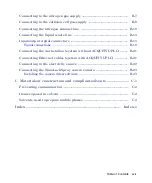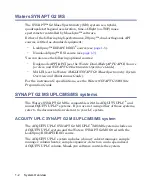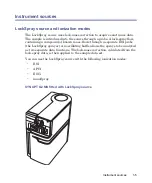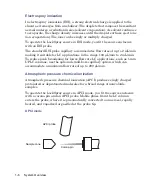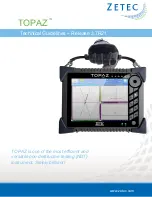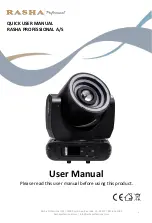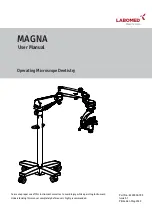
ix
Calibrating
To calibrate LC systems, follow acceptable calibration methods using at least
five standards to generate a standard curve. The concentration range for
standards should include the entire range of QC samples, typical specimens,
and atypical specimens.
When calibrating mass spectrometers, consult the calibration section of the
operator’s guide for the instrument you are calibrating. In cases where an
overview and maintenance guide, not operator’s guide, accompanies the
instrument, consult the instrument’s online Help system for calibration
instructions.
Quality control
Routinely run three QC samples that represent subnormal, normal, and
above-normal levels of a compound. Ensure that QC sample results fall within
an acceptable range, and evaluate precision from day to day and run to run.
Data collected when QC samples are out of range might not be valid. Do not
report these data until you are certain that the instrument performs
satisfactorily.
ISM classification
ISM Classification: ISM Group 1 Class A
This classification has been assigned in accordance with CISPR 11 Industrial
Scientific and Medical (ISM) instruments requirements. Group 1 products
apply to intentionally generated and/or used conductively coupled
radio-frequency energy that is necessary for the internal functioning of the
equipment. Class A products are suitable for use in commercial, (that is,
nonresidential) locations and can be directly connected to a low voltage,
power-supply network.
Summary of Contents for SYNAPT G2
Page 18: ...xviii Table of Contents...
Page 46: ...2 8 Starting Up and Shutting Down the Mass Spectrometer...
Page 66: ...3 20 Configuring the LockSpray Source...
Page 228: ...B 24 External Connections 7 Click Next Result The software installs 8 Click Finish...
Page 232: ...C 4 Materials of construction and compliant solvents...

















